Dust Control and Suppression System Sustainable Solutions
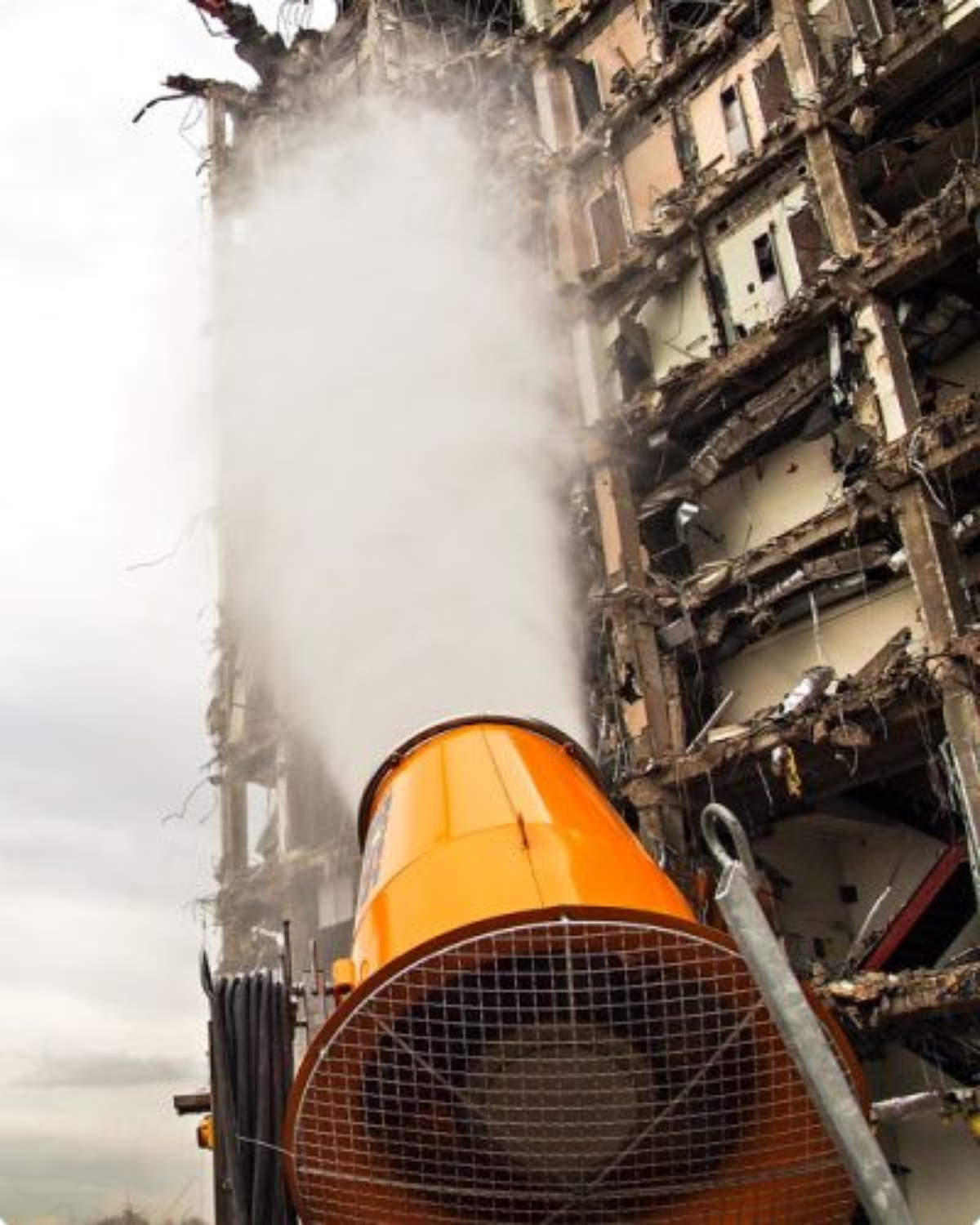
At Greenly, we believe that dust control is more than just an operational requirement—it’s a commitment to sustainability, safety, and environmental responsibility. As industries face increasing pressure to reduce their ecological footprint and comply with stringent air quality regulations, Greenly provides cutting-edge, sustainable dust suppression systems designed to meet these evolving needs. Our solutions not only control dust emissions effectively but also conserve water, reduce chemical dependency, and help businesses achieve their environmental, social, and governance (ESG) goals. Whether in mining, construction, agriculture, or logistics, Greenly is your partner in building cleaner, safer, and more sustainable operations.
Challenges Posed by Industrial Dust
Health Hazards: Inhalable particles (PM10, PM2.5) can lead to chronic respiratory illnesses, cardiovascular problems, and workplace-related diseases.
Equipment Degradation: Dust accumulation accelerates wear and tear on machinery and electronics, increasing maintenance costs and downtime.
Regulatory Violations: Exceeding emission limits can lead to penalties and shutdowns from environmental agencies.
Environmental Impact: Airborne dust contaminates nearby ecosystems, affects water sources, and contributes to climate-related concerns.
Our Comprehensive Product Range
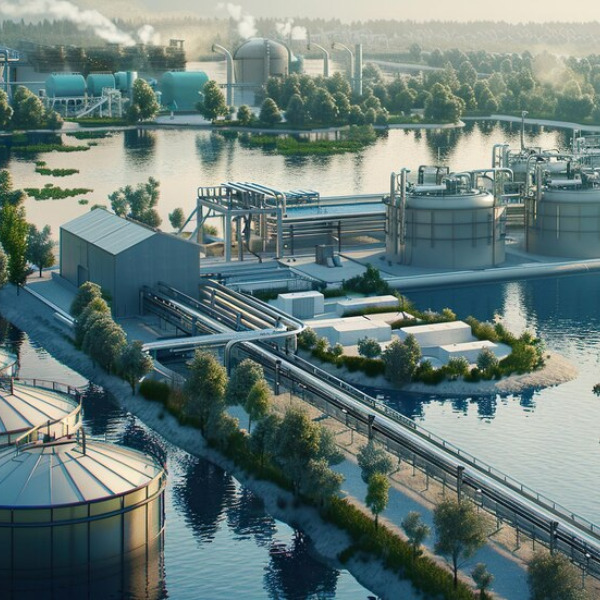
Water-Based Methods
1. Atomized Mist Systems
- Use high-pressure nozzles to create ultra-fine droplets (10–100 microns)
- Particles collide with dust and bring them to the ground
- Ideal for demolition, mining, and recycling facilities
2. Fog Cannons
- Mounted on turrets or trailers; project mist over large areas
- Automated pan-tilt and flow control options
- Wind-resistant droplet control for outdoor operations
3. Drip Irrigation & Ground Sprays
- Prevent dust from rising off unpaved roads and open ground
- Helps in agricultural and mining haul roads
Mechanical and Engineering Controls
1. Dust Enclosures
- Total or partial enclosures for conveyors, crushers, and screeners
- Prevent escape of airborne particles at source points
2. Extraction and Filtration Systems
- Local Exhaust Ventilation (LEV) with HEPA filters
- Suited for indoor facilities and precision work zones
3. Wind Barriers and Vegetation
- Physical barriers reduce wind erosion
- Vegetative cover stabilizes exposed surfaces
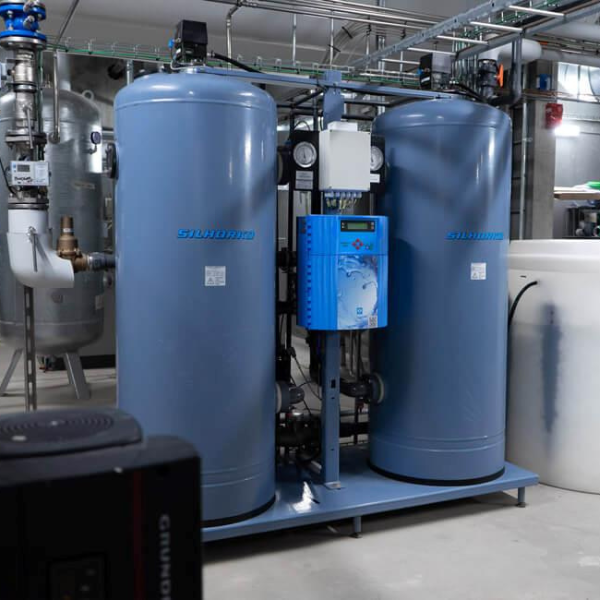

Chemical-Based Methods
1. Lignosulfonates
- By-products from paper mills
- Biodegradable, binds soil particles and forms crust
2. Magnesium or Calcium Chloride
- Hygroscopic chemicals that draw moisture from the air
- Maintain surface wetness longer than water
3. Polymer Binders
- Synthetic emulsions forming semi-permanent dust seals
- Applied to unpaved surfaces, construction pads, or tailings
4. Surfactants
- Improve water penetration into hydrophobic dust materials
- Often used in mining and excavation
Industry Applications

Industrial Manufacturing
-
- Processes such as sandblasting, metal cutting, and packaging release dust
- Require LEV and air scrubbers to meet OSHA/NIOSH limits
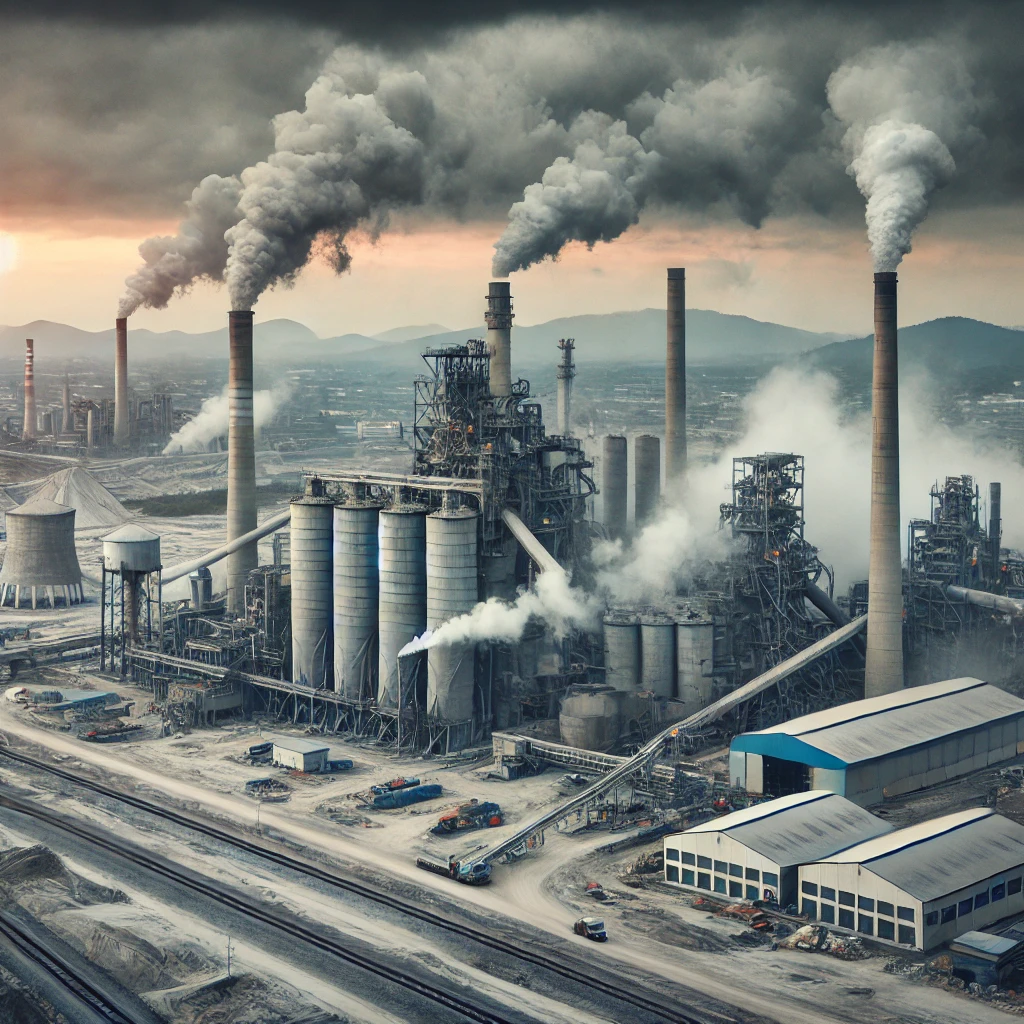
Cement & Asphalt Plants
-
- Baghouse filters and point-source suppression systems are key
- Maintain air quality standards in high-dust environments
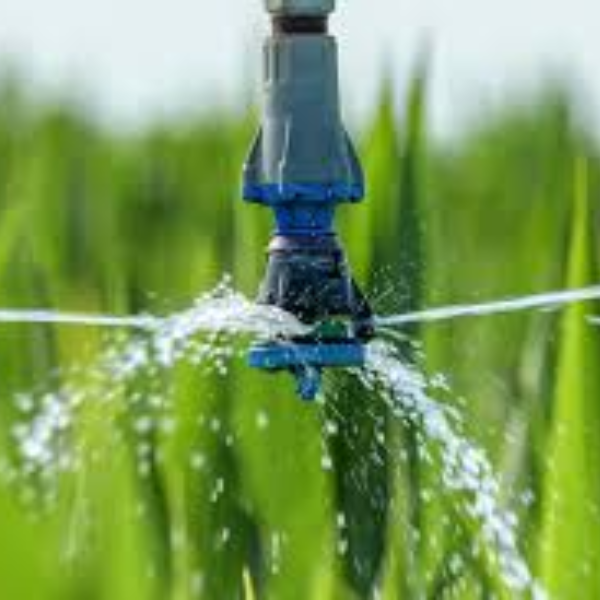
Agricultural Facilities
-
- Grain elevators, feedlots, and harvesters generate fine particulate
- Require breathable space controls and periodic wetting
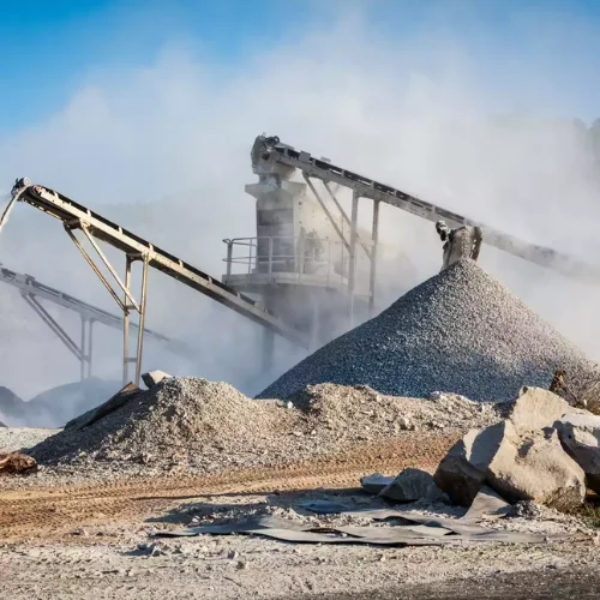
Mining & Quarrying
-
- Tailings, ore crushers, and haul roads are major dust sources
- Combined use of fog cannons, water trucks, and chemical treatments
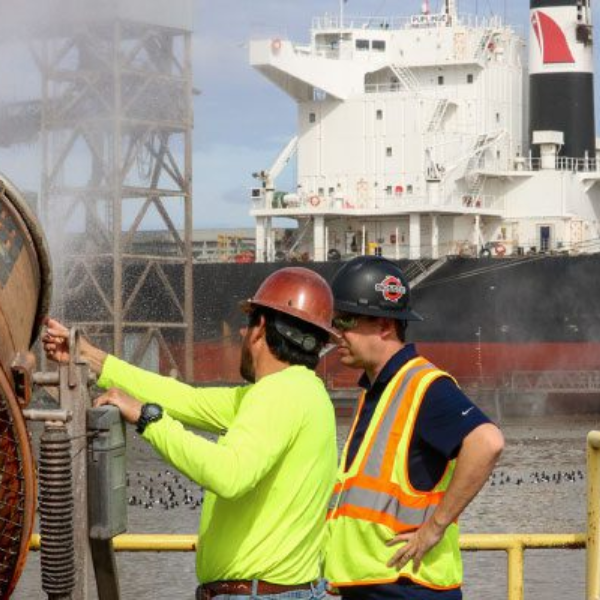
Ports and Bulk Terminals
-
- Ship loaders, hoppers, and conveyor belts need enclosed transfer points
- Dust curtains and mist rings ensure minimal fugitive emissions
Principles of Sustainable Dust Suppression
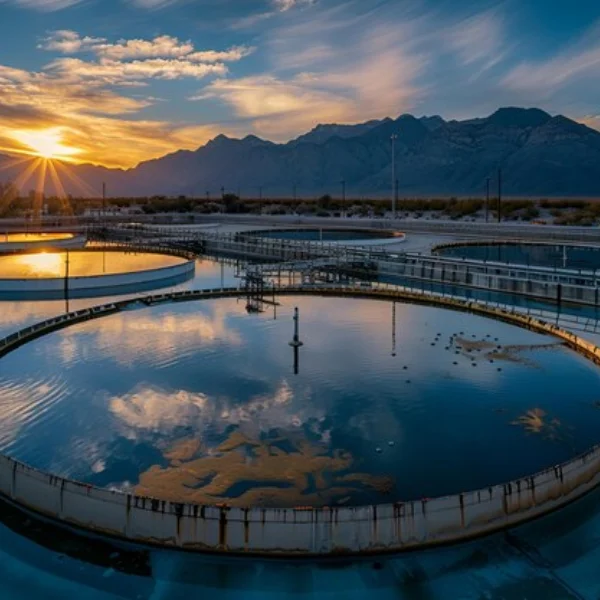

Minimize inputs (water, energy, chemicals)

Ensure long-term compliance with air quality standards

Maximize effectiveness through precision application

Adapt to environmental conditions using smart technology
Sustainability Metrics & Compliance
Key Performance Indicators (KPIs):
Frequency of compliance breaches or fines
Energy consumption per ton of material handled
Water and chemical usage rates
Dust suppression efficiency (% reduction in PM levels)
Regulatory Frameworks
Local permits and dust management plans
EPA National Ambient Air Quality Standards (NAAQS)
MSHA and OSHA guidelines for workplace air quality
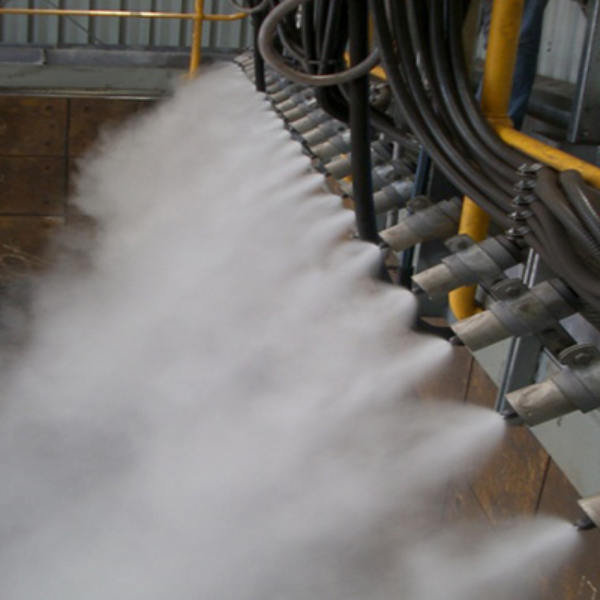
Frequently Asked Questions
What makes Greenly’s dust suppression systems sustainable?
Greenly’s systems minimize environmental impact by using low-water-consumption misting technologies, biodegradable chemical suppressants, and energy-efficient automation. We prioritize solutions that support long-term environmental compliance and ESG performance.
Which industries benefit most from Greenly’s solutions?
Our dust control systems are widely used in mining, construction, cement manufacturing, logistics hubs, agriculture, and bulk material handling. We offer industry-specific solutions tailored to operational needs.
Are Greenly’s chemical suppressants safe for the environment?
Yes. Greenly’s chemical products, such as GreenBind™ and SoilGuard™, are eco-certified, non-toxic, and biodegradable. They are safe for humans, animals, and plants, and comply with international environmental standards.
Can Greenly systems be integrated with existing infrastructure?
Absolutely. Greenly’s dust suppression systems are modular and can be retrofitted into existing facilities. Our GreenSmart™ tech also allows seamless integration with site automation and monitoring platforms.
How is the system performance monitored?
We offer real-time monitoring with IoT-enabled sensors that track dust levels, weather conditions, and system effectiveness. Data is logged for compliance reporting and performance optimization.
